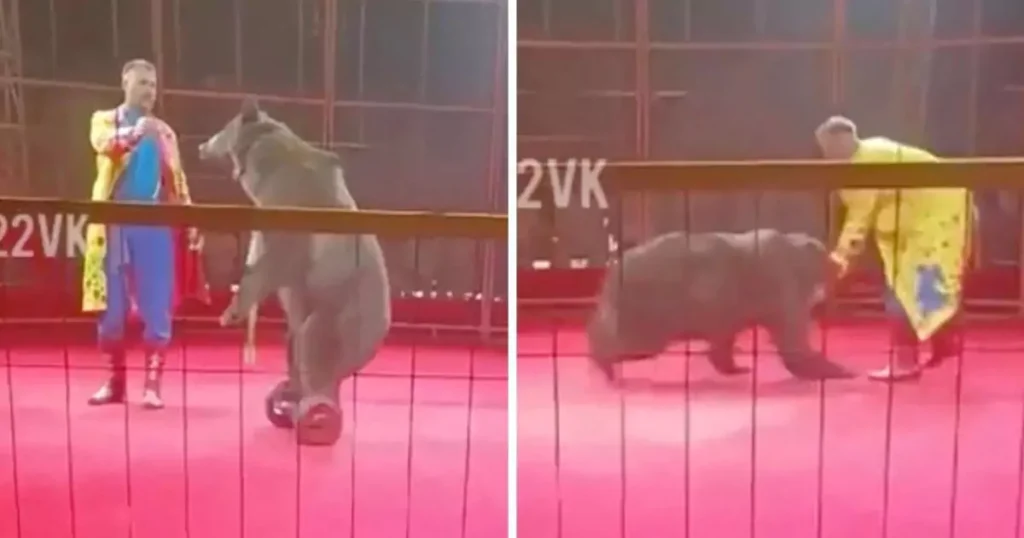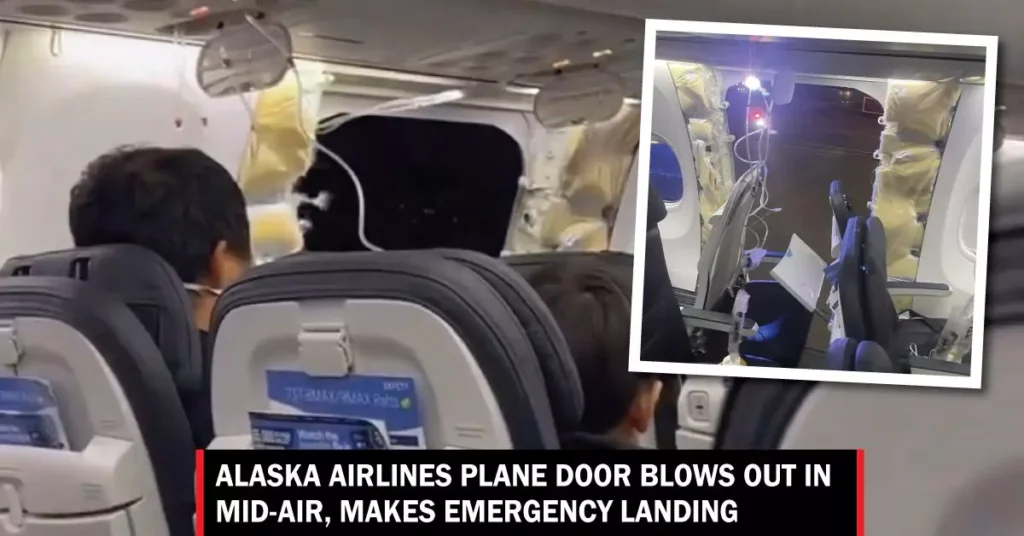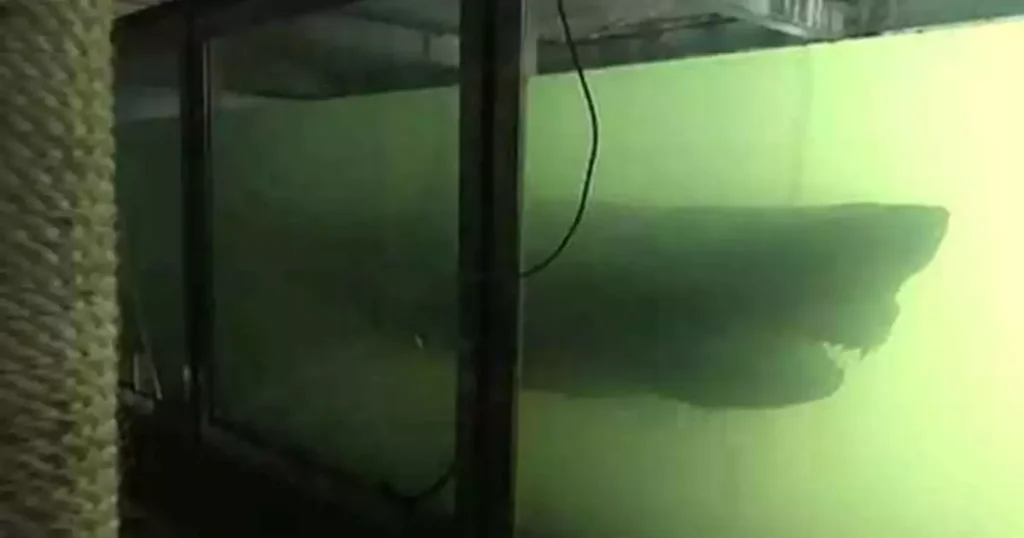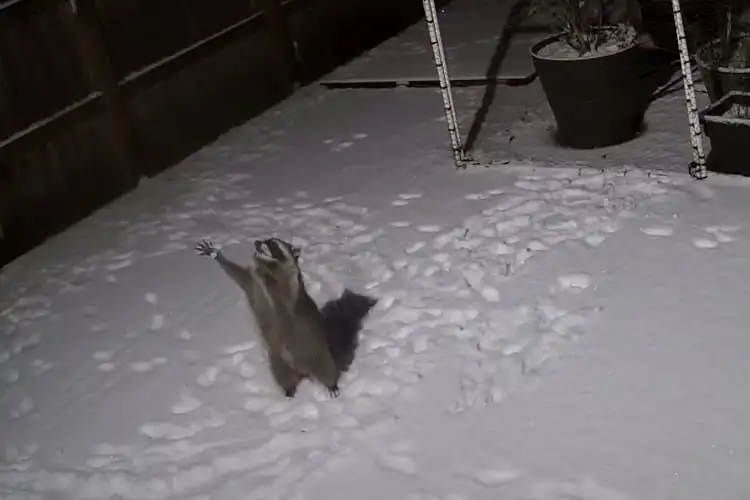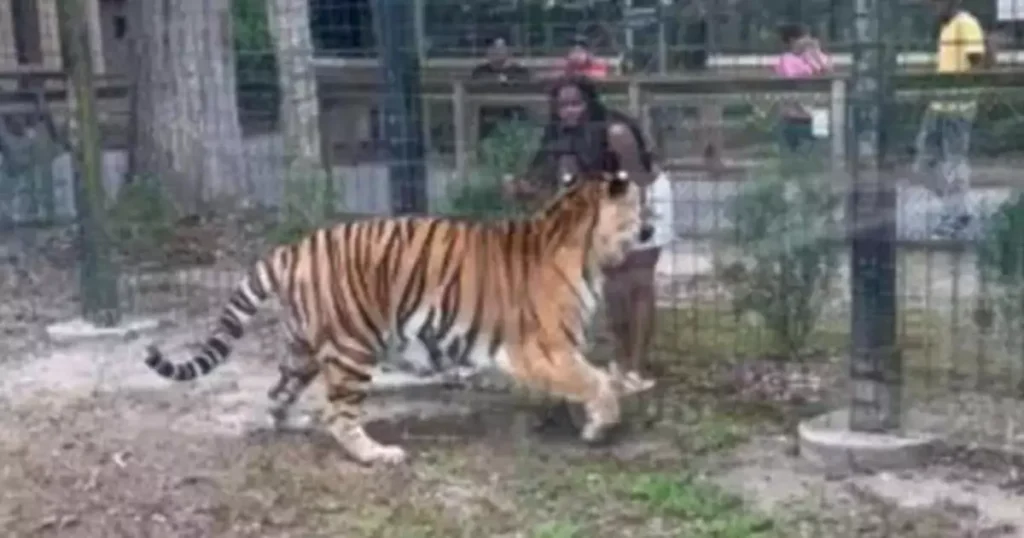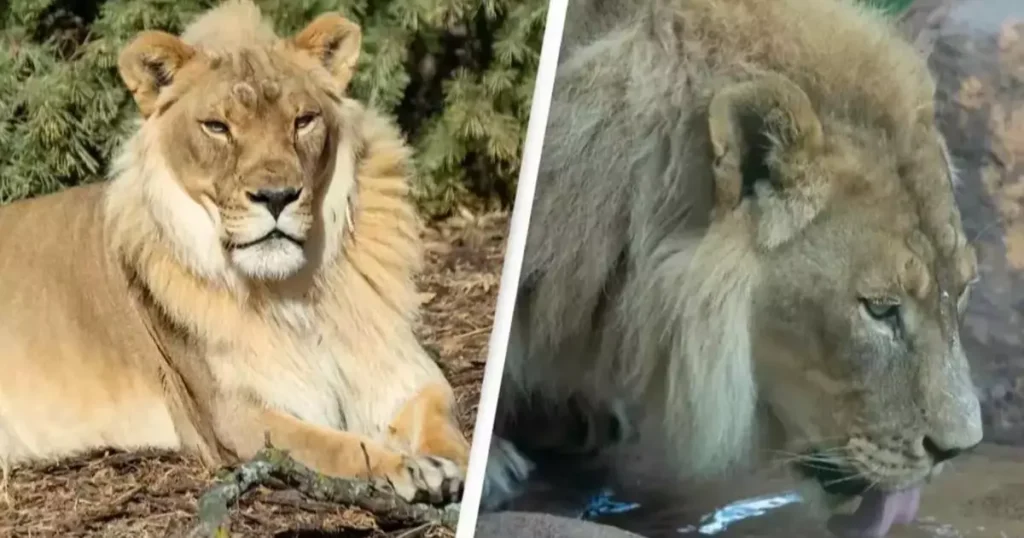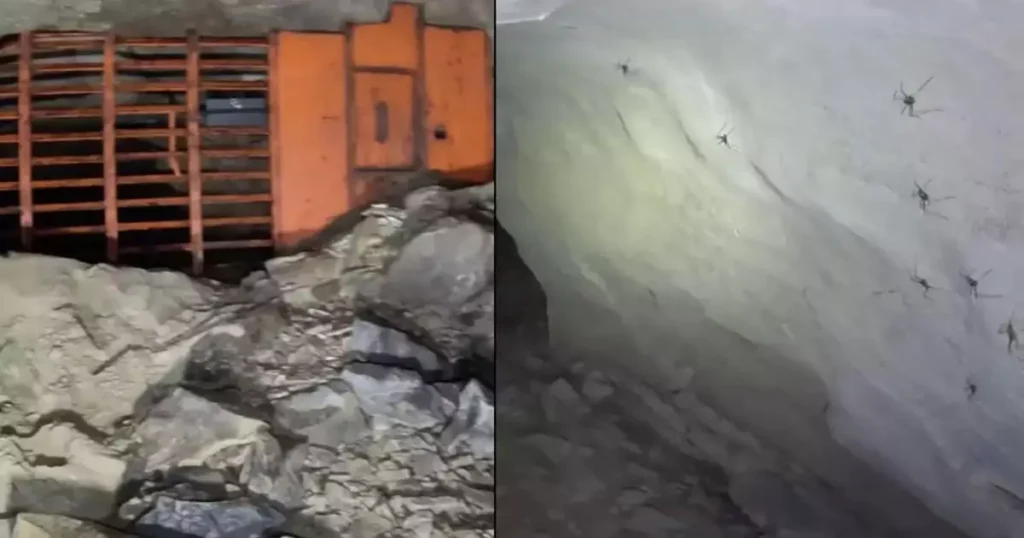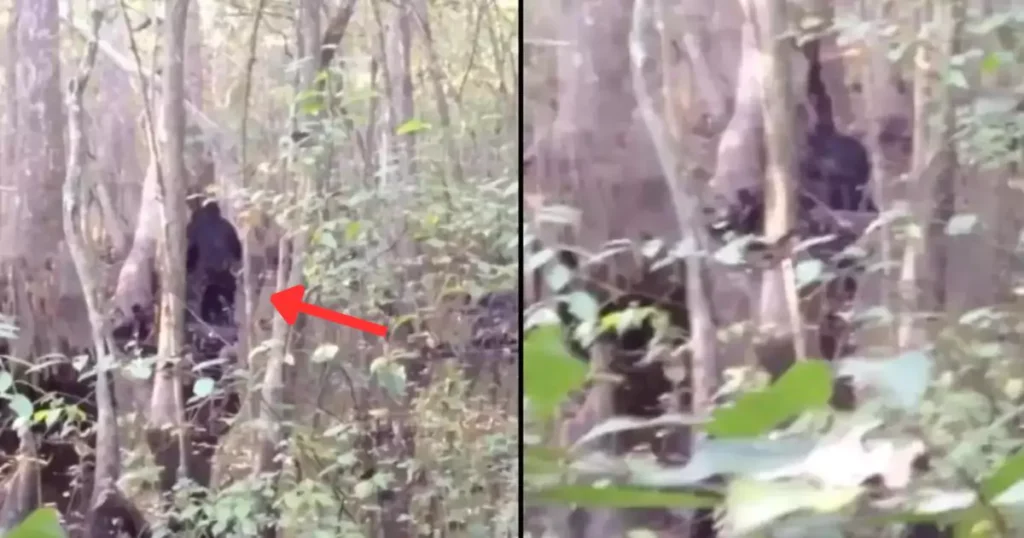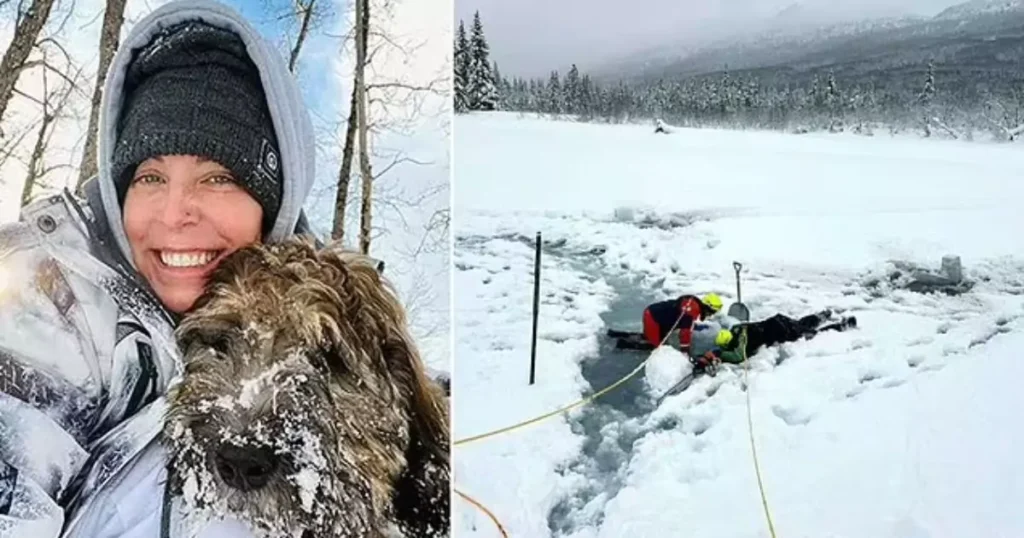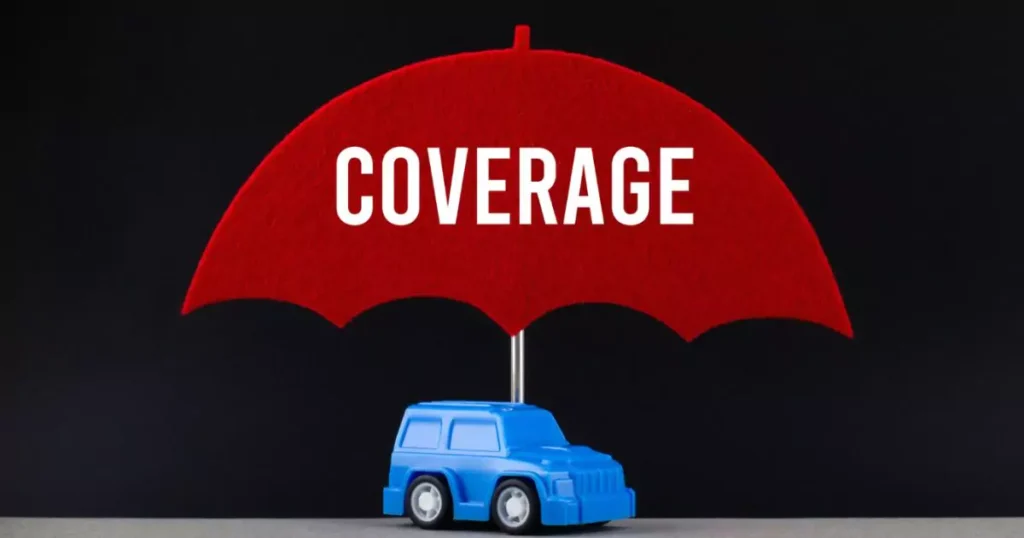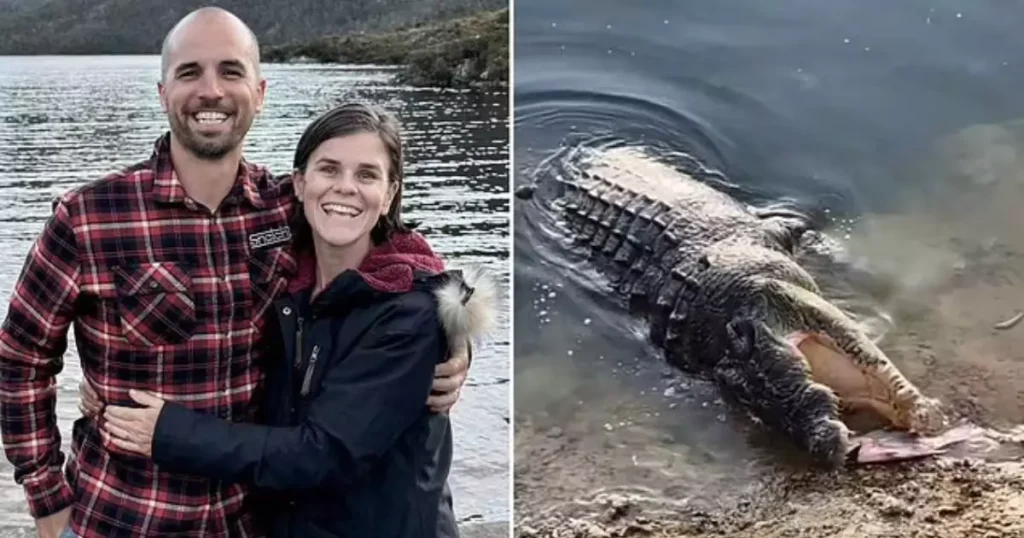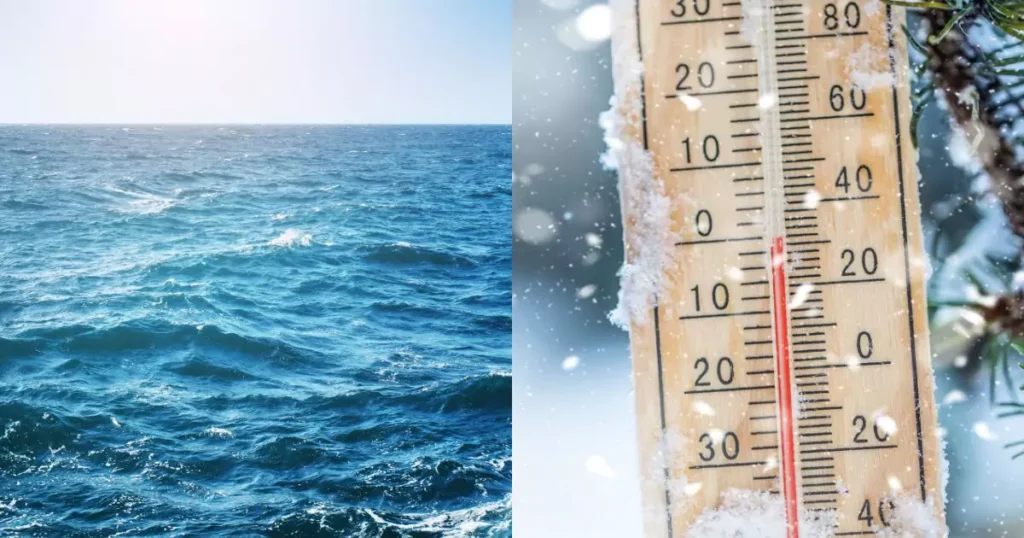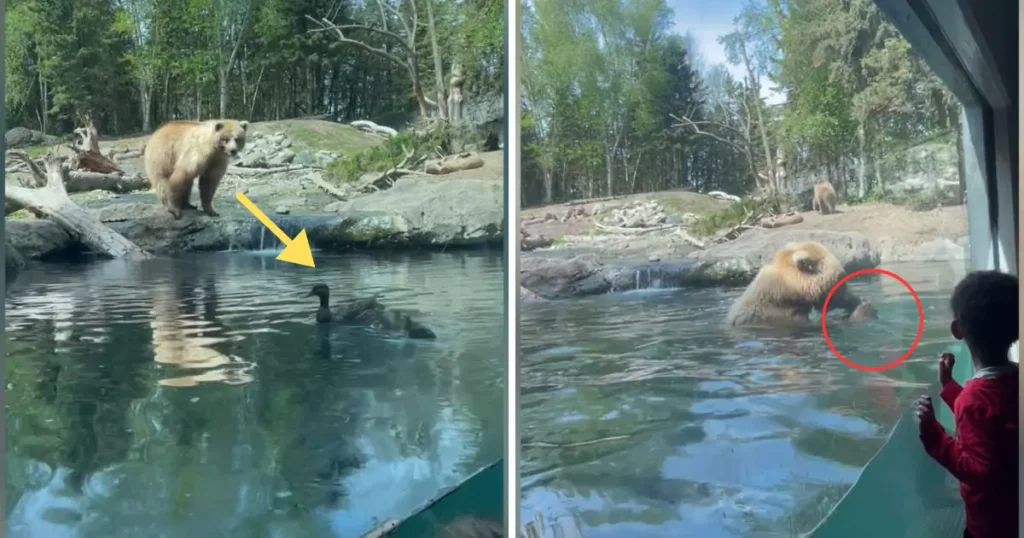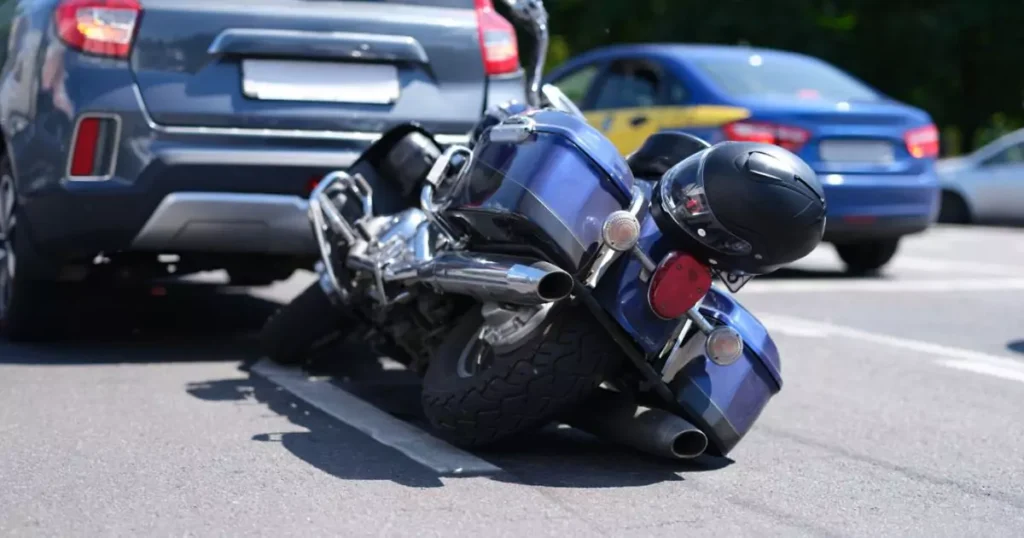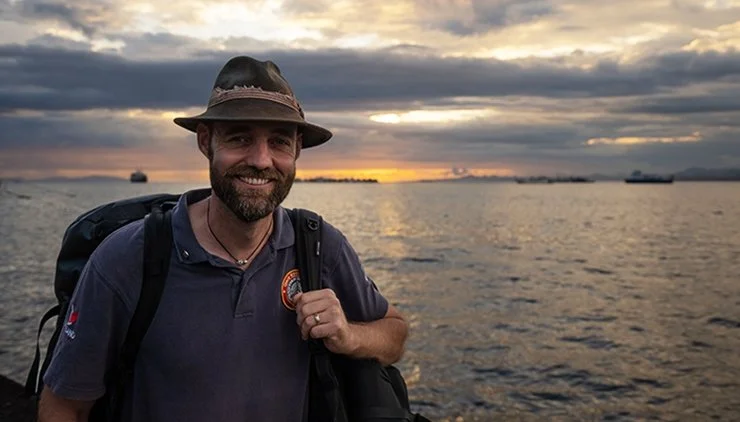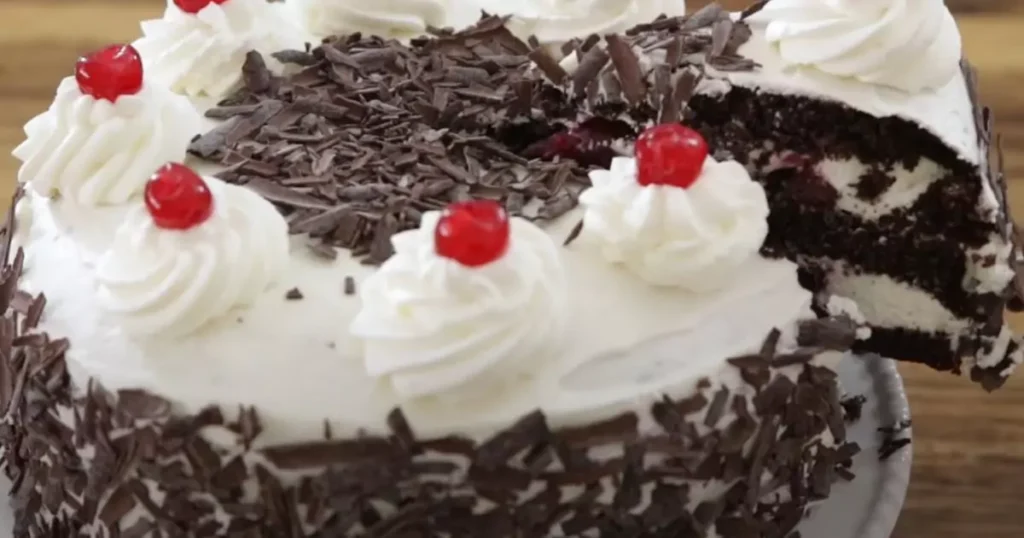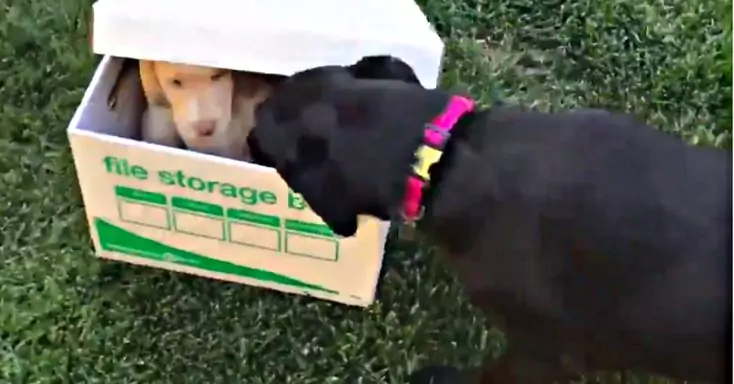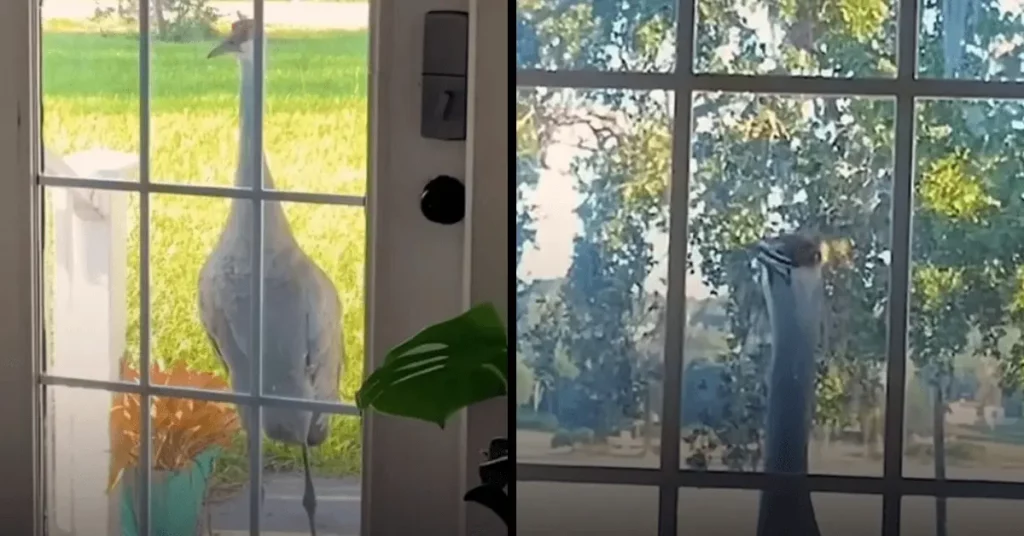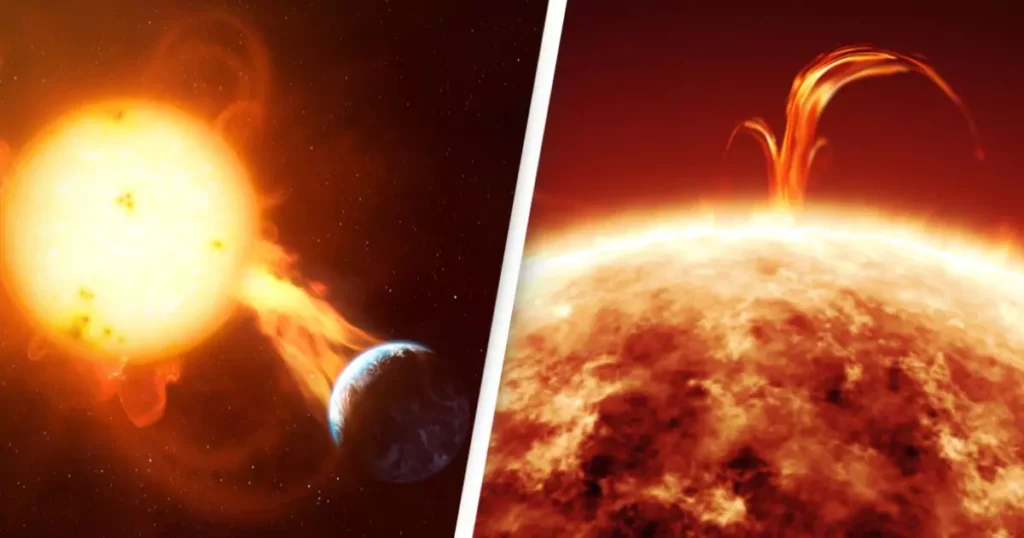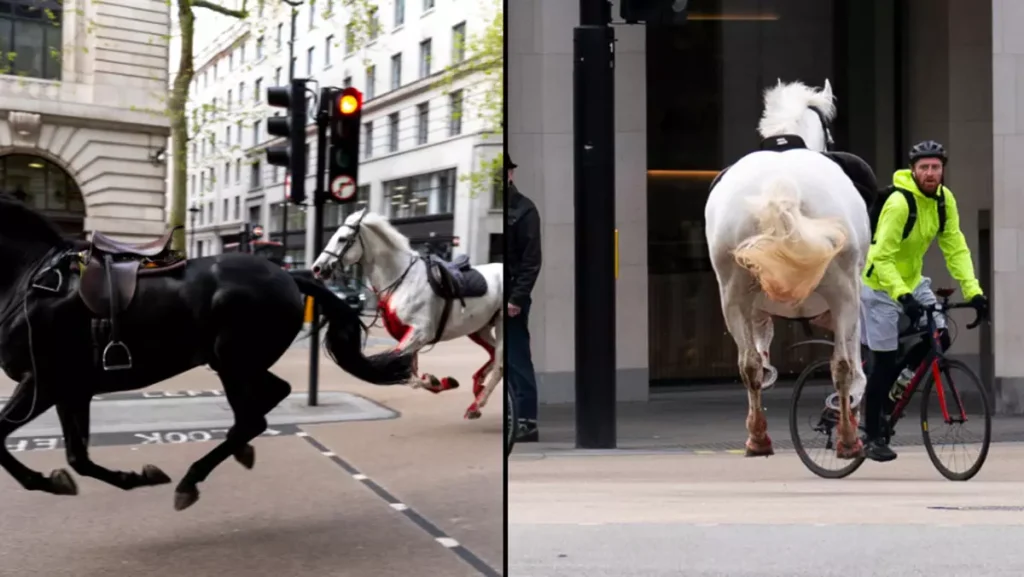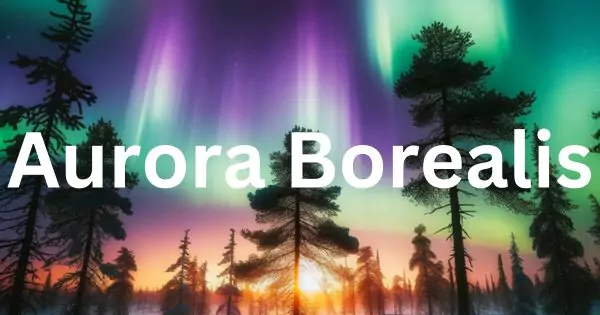
Imagine a dark sky suddenly filled with colorful lights moving like dancers. This is the Northern Lights, also known as the Aurora Borealis. It’s not just a show put on by nature; it’s a special event that has amazed people for many years. In this guide, we will talk about the Northern Lights, give you tips, share stories, and teach you how to see this amazing sight.
Understanding the Aurora Borealis:
The Northern Lights are one of Earth’s most beautiful mysteries. This dazzling light show in the sky happens when particles from the sun crash into Earth’s atmosphere. The Earth has a magnetic field, which is kind of like an invisible force shield. This magnetic field protects us from the sun’s particles, but near the North and South Poles, some of these particles can get through.
When the particles from the sun hit the gases in our atmosphere, they light up, creating the Northern Lights. Different gases make different colors when they light up. Oxygen, high up in the atmosphere, gives off a red light, while oxygen lower down makes a greenish-yellow light. Nitrogen can make a blue or purplish-red light.
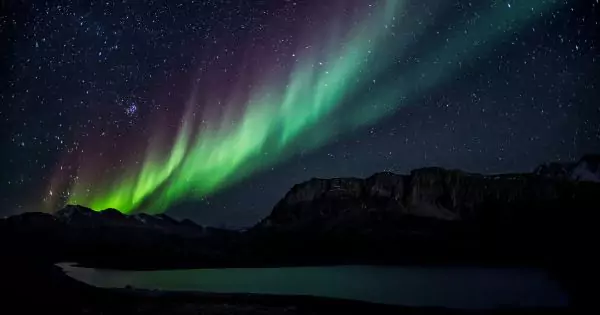
The lights usually happen in a part of the world called the “Aurora Zone,” which is a belt around the North Pole. But sometimes they can be seen further away from the poles if there’s a lot of activity from the sun.
The sun has its own weather, with storms just like we have on Earth. When the sun has a big storm, it sends out more of these particles, and that can make the Northern Lights much stronger and more likely to be seen even further away from the poles.
Scientists study the sun and the Northern Lights to learn more about how they work. They use special cameras and satellites in space to watch the sun and the Northern Lights. By understanding more about the sun’s storms, scientists can also help protect our satellites and power systems on Earth from being affected by these storms.
The Northern Lights are not just a beautiful sight; they’re a connection to the vast universe beyond our planet, reminding us of the amazing things nature can do.
Best Time to Witness the Northern Lights:
To chase the Northern Lights, you need to be in the right place at the right time. The “Aurora Zone” is typically between 65 and 72 degrees north latitude. This zone includes parts of Norway, Sweden, Finland, Iceland, Canada, and Alaska. Each location offers a unique experience:
- Norway: The city of Tromsø is a popular spot, known as the “Gateway to the Arctic”. It provides urban comforts while being close to remote areas for clear sky views. You can also take a “Northern Lights Cruise” along the Norwegian coast.
- Sweden: Abisko National Park is renowned for its clear skies, making it an ideal place to see the lights. The “Aurora Sky Station” offers a chairlift ride to a perfect viewing spot.
- Finland: Finnish Lapland offers glass igloos and snow hotels, where you can watch the auroras in comfort. Kakslauttanen Arctic Resort is a favorite for its glass igloos.
- Iceland: Away from the light pollution of Reykjavik, places like Thingvellir National Park and the town of Vik are great for Northern Lights hunting.
- Canada: The Yukon, Northwest Territories, and Churchill in Manitoba provide dramatic backdrops for the lights with their rugged landscapes.
- Alaska: Fairbanks is situated in the heart of the aurora zone and offers tours that take you to the best viewing spots.
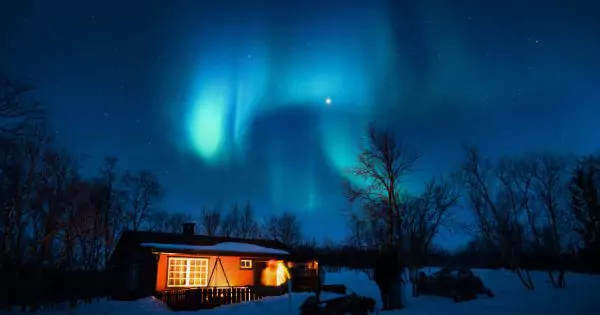
When planning your trip, consider the logistics:
- Timing: The best time is from September to March when the nights are longest.
- Weather: Check the weather forecast; clear skies are crucial for viewing.
- Moon Phase: A new moon is ideal for darker skies, which enhances the visibility of the lights.
- Guided Tours: Many locations offer guided tours that include aurora chasing as part of the package. These guides are experienced in finding the best spots and times for viewing.
- Transportation: In remote areas, you may need a rental car with proper winter tires, or you can join a tour that provides transportation.
- Photography Tours: For keen photographers, specialized tours provide guidance on capturing the aurora with your camera, including the use of tripods and the right settings for long exposure shots.
- Clothing: Dress in layers with thermal wear, as nights can be bitterly cold when waiting for the lights to appear.
- Apps and Alerts: Use aurora forecast apps and sign up for aurora alerts to stay informed about solar activity and the likelihood of the lights appearing.
Remember, seeing the Northern Lights is never guaranteed, but being well-prepared increases your chances of a successful aurora chase. Make sure to plan ahead, stay flexible, and enjoy the other attractions these regions offer during the day.
Photographing the Aurora Borealis:
Capturing the elusive beauty of the Aurora Borealis is a thrilling challenge for photographers. Here are some additional tips and considerations to help you take stunning photos of this natural wonder:
- Equipment Essentials: A camera with manual mode capabilities, a wide-angle lens with a large maximum aperture (f/2.8 or wider is ideal), a sturdy tripod to avoid camera shake during long exposures, and a remote shutter release to minimize vibration when taking shots.
- Camera Settings: Manual mode is a must. Start with a high ISO (around 1600-3200), a wide aperture (to let in as much light as possible), and a slow shutter speed (5-30 seconds depending on the intensity of the aurora).
- Focus: Auto-focus won’t work in the dark, so set your lens to manual focus and adjust it to infinity. However, it’s best to focus manually on a distant light to ensure sharpness.
- Battery Life: Cold conditions can drain batteries quickly, so bring extras and keep them warm, possibly close to your body, until they’re needed.
- Composition: Include interesting foreground elements like silhouetted trees, mountains, or reflections in water to add depth and scale to your images.
- Test Shots: Take several test shots and adjust settings accordingly. Check for focus and exposure, and remember the aurora can change quickly, so be ready to adapt.
- Time-Lapse: Consider shooting a time-lapse sequence to capture the movement of the lights over time. This requires a sequence of images taken at regular intervals which can be combined into a video.
- Post-Processing: Shooting in RAW format allows for more flexibility in editing. Post-processing can help to enhance colors and details that may be muted in the original shots.
- Patience and Respect: Sometimes the auroras may be faint or not visible for long periods. Patience is essential, as is respect for the environment and any fellow watchers who may be in the area.
By being well-prepared and understanding the unique challenges of nighttime photography, you can capture the awe-inspiring beauty of the Aurora Borealis and create memories that will last a lifetime.
Indigenous Lore and Legends:
The Northern Lights have many stories from the old days that come from the local people. We will share these stories that show the Northern Lights in a way that makes them mean more to us.
Preserving the Night Sky:
While we enjoy the beauty of the Northern Lights, we also talk about how important it is to keep the sky dark at night. You will learn what people are doing to reduce light pollution and how you can help keep the sky dark for everyone.
Essential Backpack While Visiting Aurora:
When preparing for a trip to see the Aurora Borealis, packing the right items in your backpack is crucial for a comfortable and successful viewing experience. Here’s a list of essentials to include:
- Warm Clothing: Layering is key in cold environments. Include thermal underwear, a fleece jacket, a down jacket, and waterproof outer layers.
- Insulated Boots: Conditions can be snowy and icy, so warm, waterproof boots are a must.
- Hats and Gloves: A warm hat that covers your ears and insulated gloves (or mittens) will protect you from the cold.
- Hand and Foot Warmers: These are small packets that produce heat when exposed to air and can be placed inside gloves or boots.
- High-Energy Snacks: Nuts, chocolate, and energy bars can provide a quick boost of energy and warmth.
- Thermos: Fill it with hot tea, coffee, or soup to help keep you warm from the inside out.
- Portable Seat or Waterproof Mat: Sitting directly on the cold ground can be very chilly, so bring something to sit on.
- Camera and Gear: If you plan to photograph the lights, bring your camera, lenses, extra batteries, memory cards, and a tripod.
- Binoculars: For a closer look at the details in the lights.
- Headlamp or Flashlight: Choose one with a red-light setting to preserve night vision.
- Portable Charger: Keep your devices charged, especially in cold weather where battery life can shorten quickly.
- First Aid Kit: Always be prepared for minor injuries with band-aids, pain relievers, and any personal medications.
- Map and Compass/GPS: In remote locations, having navigation tools is essential, especially if you’re venturing out on your own.
- Backpack Cover: A waterproof cover will protect your gear from snow and rain.
Remember to adjust your backpack contents based on the specific location you’re visiting, the time of year, and the duration of your stay. Always prioritize safety and comfort when watching the Northern Lights to ensure a memorable experience.
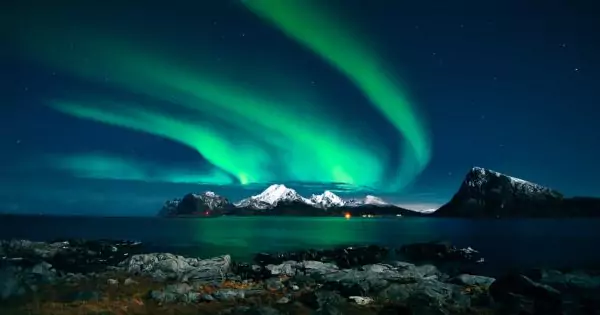
Your Aurora Borealis Adventure Awaits:
At the end, we invite you to go out into the night and start your own adventure to see the Northern Lights. We give you helpful tips and a little push of excitement to get you ready for an amazing experience under the night sky of the Arctic.
Precautions While Visiting Aurora Borealis
Visiting the Aurora Borealis is a breathtaking experience, but it’s important to take certain precautions to ensure safety and comfort during your adventure. Here are some detailed precautions to consider:
1. Dress Appropriately:
- Dress in layers to trap heat effectively.
- Use thermal clothing as the base layer.
- Insulate with a mid-layer such as a fleece or down jacket.
- Protect yourself with a windproof and waterproof outer layer.
- Wear a hat, gloves, and warm socks to prevent heat loss from your extremities.
2. Footwear:
- Choose waterproof, insulated boots with good grip to prevent slips on icy surfaces.
3. Eye Protection:
- In snowy conditions, wear sunglasses or goggles during the day to prevent snow blindness from the reflection of the sun.
4. Skin Care:
- Use a high-SPF sunscreen to protect exposed skin from UV radiation, which can be intense due to reflection from snow.
- Carry lip balm to prevent chapped lips.
5. Stay Hydrated and Nourished:
- Drink plenty of fluids because cold weather can dehydrate you just as much as hot weather.
- Eat high-energy, high-protein snacks to maintain your energy levels.
6. Beware of Hypothermia and Frostbite:
- Know the signs of hypothermia and frostbite. Hypothermia can include intense shivering, drowsiness, and confusion. Frostbite often starts with numbness and pale or hard skin.
- If symptoms arise, seek shelter and warmth immediately.
7. Know Your Limits:
- Don’t push yourself too hard physically, especially if you’re not used to cold climates.
8. Travel Safely:
- Use appropriate transportation with suitable tires if driving in snowy conditions.
- If you’re not experienced with driving in snow, consider joining a guided tour where transportation is provided.
9. Communicate Your Plans:
- Let someone know where you’re going and when you expect to return, especially if you’re venturing into remote areas.
10. Navigation:
- Carry a map, compass, or GPS device, and know how to use them.
11. Emergency Supplies:
- Bring a first aid kit, a whistle, a fire starter, and a multi-tool or knife.
12. Light Sources:
- Carry a headlamp with a red light setting to preserve night vision and spare batteries.
13. Electronic Devices:
- Keep your phone and camera batteries close to your body to preserve their charge in the cold.
14. Respect Wildlife and the Environment:
- Maintain a safe distance from wildlife.
- Take all your trash with you to protect the natural landscape.
15. Be Prepared to Wait:
- The Aurora Borealis is unpredictable. Be prepared to wait in the cold for an extended period, and have something to sit on, like a portable chair or foam pad.
16. Stay Informed:
- Check aurora forecasts and weather conditions regularly.
By following these precautions, you can focus on the awe-inspiring experience of the Northern Lights while staying safe and comfortable.
Final Thoughts:
The Northern Lights are a wonderful part of nature that call out to your heart. With this article, we take you into the world of the Northern Lights. This guide is here to help you and inspire you. We hope this helps you start your journey to see the amazing Northern Lights.






